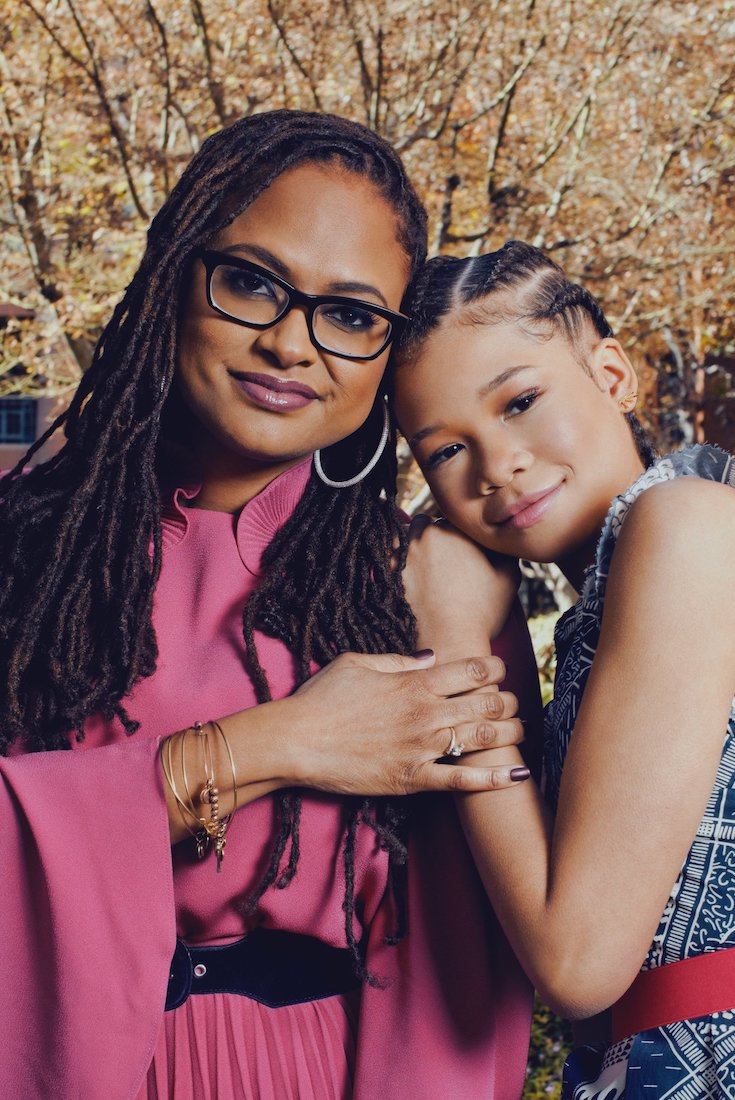[dropcap]LOS[/dropcap] ANGELES — “This is the house that ‘Wrinkle’ built,” the filmmaker Ava DuVernay said, giving a tour of a three-building complex — a large office around a bright courtyard, a two-story production facility and a light-filled event space, in a former paint factory here. It had been hers for about 24 hours, and already she had big plans for the décor. “We’re going to black woman-ify it,” she said. [mc4wp_form id=”6042″]
Ms. DuVernay had just put the finishing touches on the Disney movie that paid for it, “A Wrinkle in Time,” her adaptation of Madeleine L’Engle’s 1962 young adult sci-fi classic. It, too, had been black woman-ified.
Her choices — in casting, tone and vision — have been as groundbreaking as the fact that she was directing it in the first place, the first woman of color at the helm of a $100 million studio tentpole. To hear her tell it, though, that milestone meant less to her than the opportunity to plant seeds, as she called it: cultivating, as she always has, a new way of looking at the world. She set out to “feminize” the movie, about a headstrong middle schooler — in this case, a biracial girl — who searches for her missing scientist father and saves the universe from encroaching evil.




You must be logged in to post a comment.